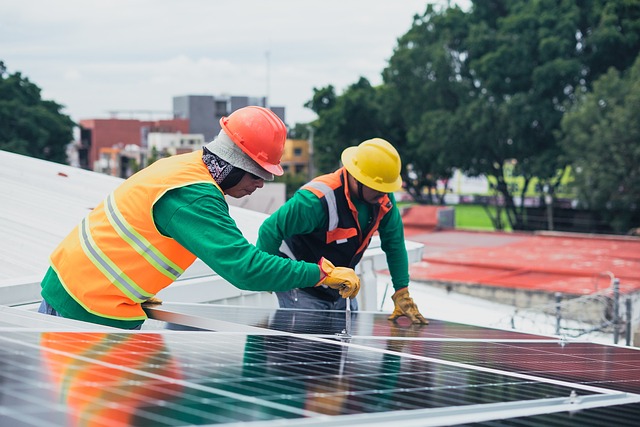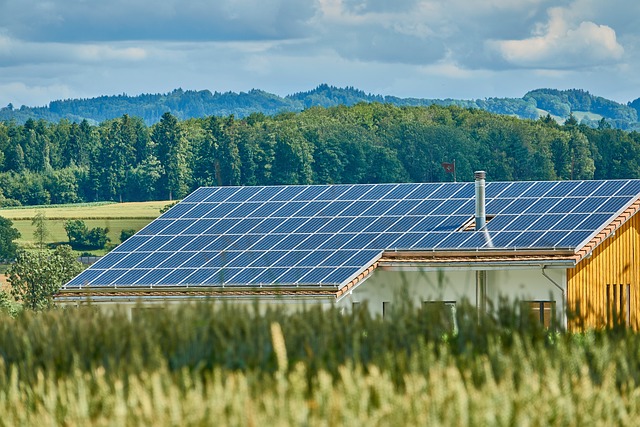Solar energy’s importance is growing as Southeast Asia continues on its road towards sustainable development. Still, solar power is often surrounded by false ideas even if it has great potential and demonstrated advantages. These false ideas may limit the acceptance of solar energy by depriving many people and companies of knowledge of the financial and environmental benefits they might get. Emphasizing the practicality of solar power, companies like Constant Energy Thailand are significantly helping to provide sustainable energy solutions in the area. Still, popular opinion continues to be distorted by myths.
The top five myths regarding solar power in Southeast Asia will be dispelled in this article, therefore clarifying how solar may be an easily available, dependable, and reasonably priced energy source for millions of people in the area.
Myth 1: Solar Power Is Ineffective Due to Frequent Rain and Cloud Cover
A popular perception is that Southeast Asia’s tropical environment, with its monsoon seasons and frequent cloud cover, makes it unsuited for solar energy. Still, solar panels have the capacity to produce power even in low light. Direct sunlight does enhance energy output, however photovoltaic (PV) systems may still generate power on gloomy days.
In reality, nations in Southeast Asia typically get more than enough sunlight throughout the year to make solar a viable energy source. For instance, Thailand and the Philippines enjoy an average of 5-6 hours of sunlight each day yearly. Even with intermittent rain and clouds, contemporary solar technology can collect enough solar energy to be both efficient and dependable.
Myth 2: Solar Power Is Too Expensive for the Average Consumer
Another myth is that solar energy is exclusively for the rich or major enterprises. While the initial installation cost might be costly, solar energy systems have grown more economical over the years, with costs for solar panels lowering internationally. Additionally, the expenditures are matched by the savings on power bills in the long run, making solar a smart financial investment.
Governments in Southeast Asia are also moving in to make solar electricity more accessible. Many provide subsidies, tax benefits, and financing alternatives to lower initial expenses. For example, Malaysia and Thailand have established rules that enable families and companies to sell surplus power back to the grid. Over time, these steps make solar electricity available to a larger populace, not just the rich.
Myth 3: Solar Panels Are Not Durable in Hot, Humid Climates
Southeast Asia’s hot and humid atmosphere might create worries about the endurance of solar panels. Some feel that high temperatures or harsh weather may rapidly destroy solar arrays, making them unsustainable for long-term usage. However, this assumption doesn’t correspond with how solar panels are built.
Solar panels are built to resist many conditions, including intense heat and humidity. High-quality panels are thoroughly tested to guarantee they function effectively in varied weather situations, including heavy rain, high temperatures, and strong winds. Modern PV systems come with warranties of 20 to 25 years, and many panels function effectively for years after their guarantee term. The humidity levels in Southeast Asia do not greatly affect panel efficiency as long as adequate installation and maintenance are performed, making solar power both a robust and sustainable solution.
Myth 4: Solar Energy Cannot Provide a Consistent Power Supply
One of the most widespread misunderstandings about solar power is that it’s unreliable owing to its need for sunlight. While it’s true that solar power output fluctuates with weather and time of day, developments in energy storage technology and grid integration have made it simpler to assure a steady power supply.
Battery storage devices, which can store surplus energy generated during sunny days, are becoming more common. These systems are set up for energy utilization during dark or overcast days, boosting dependability. Additionally, Southeast Asian nations are beginning to incorporate renewable energy sources like solar into their current power infrastructures. In this way, the power produced by solar may feed the grid, lessening the total demand on traditional energy sources. By combining solar power with grid energy or other renewable sources, solar may contribute to a continuous and steady power supply.
Myth 5: Solar Power Isn’t Environmentally Friendly Due to Manufacturing Waste
An increasing worry concerning the environmental effect of solar energy is the waste created during the production and disposal of solar panels. Critics claim that the carbon impact of manufacturing, together with the disposal of panels at the end of their lifetime, undermines the environmental advantages of solar electricity. However, solar energy remains one of the cleanest and most sustainable energy sources accessible.
The energy needed to build solar panels is often offset after a few years of operation, indicating that solar panels provide significantly more energy than what was necessary to manufacture them. Companies worldwide are also creating recycling schemes to handle the end-of-life disposal of panels. These projects allow for the recovery and reuse of valuable resources, decreasing waste. As technology progresses, the environmental impact of solar panel manufacture is likely to drop even more, making solar a true green alternative to fossil fuels.
Why Solar Power Makes Sense for Southeast Asia
Despite the stereotypes, solar energy is well-suited to Southeast Asia, giving a sustainable option that may help both urban and rural residents. With immense supplies of sunlight and increased governmental backing, solar power has the potential to revolutionize energy consumption patterns in the area.
Solar energy connects nicely with the aims of economic growth and environmental sustainability. By adopting solar power, Southeast Asia may move closer to a clean energy future, increase energy security, and offer more inexpensive electricity alternatives for people.
Busting Solar Power Myths
The misconceptions around solar power are progressively being debunked, due to breakthroughs in technology and rising knowledge of renewable energy’s advantages. Southeast Asia, with its plentiful sunlight, friendly legislation, and cooperation with the private sector, is in a good position to harvest solar energy.





